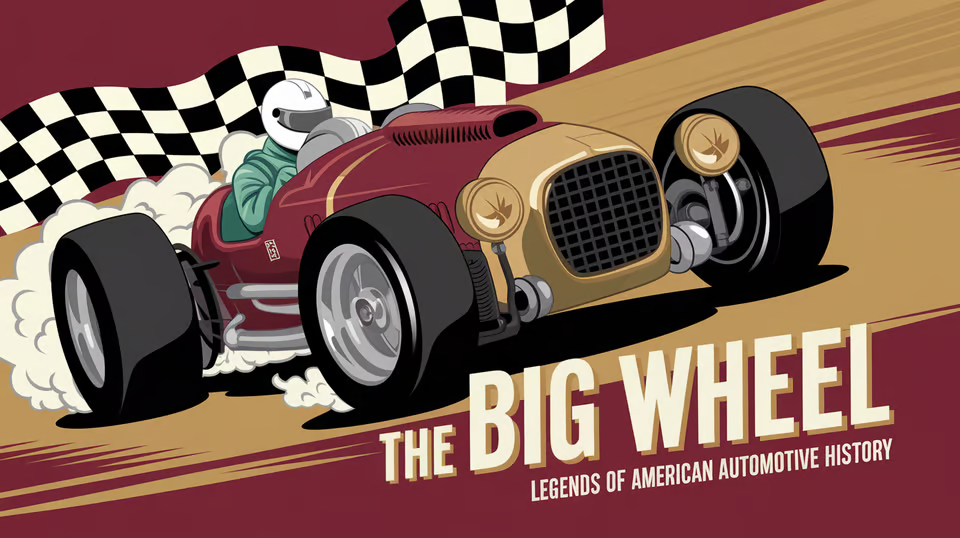Indy 500 Pit Stops: The Crucial Role of Precision Teams
The Indianapolis 500, often called the “Greatest Spectacle in Racing,” draws fans from all over the world. But let’s be real—behind all the glitz, there’s a crew of folks whose work is absolutely vital: the pit crew.
These unsung heroes operate with crazy precision and expertise. Without them, no race car would stand a chance out there.
The Role of the Pit Crew in the Indy 500
Contents
Drivers usually get the fame, but honestly, the pit crew shapes the race just as much. They handle everything—tire changes, refueling, and those last-minute tweaks that can change the whole game.
A pit stop’s speed and efficiency can totally shift a car’s position. So, yeah, the crew’s performance matters just as much as the driver’s nerve.
Key Responsibilities of the Pit Crew
Pit crew jobs are pretty varied and demand serious skill. Here’s what they’re juggling:
- Tire Changes: Quick, accurate tire swaps keep the car safe and fast.
- Refueling: They refuel fast so the car doesn’t waste time in the pits.
- Mechanical Adjustments: Sometimes, a small tweak gives the driver a real edge.
- Damage Repairs: If the car gets dinged, the crew fixes it up right away.
The Importance of Training and Coordination
It’s not just about being quick—pit stops need perfect teamwork. Each crew member has to know their job and trust everyone else to nail theirs too.
They get there by training together, over and over, until it’s second nature. It’s kind of impressive, honestly.
Training Regimens
Pit crews train hard to stay sharp. Here’s what that looks like:
- Physical Fitness: They need strength and agility for the job—no way around it.
- Technical Skills: Crew members get to know the car and their tools inside out.
- Team Drills: They practice together constantly to keep things smooth.
All that training gets them ready for the stress and split-second decisions of race day.
The Impact of Pit Stop Precision on Race Outcomes
A single pit stop can flip the race on its head. At the Indy 500, even a tiny delay can drop a car back several spots.
On the flip side, a perfect pit stop can launch a team straight to the front. That’s just how it goes in racing.
Case Studies
Take the 2016 Indy 500, for example. Alexander Rossi’s pit crew absolutely nailed their stops, and that made all the difference—he took the win as a rookie.
Stories like that really show how much the pit crew matters.
The Evolution of Pit Stop Technology
Tech has changed pit stops in a big way. Specialized tools and data analytics now help crews work faster and smarter.
Technology keeps pushing the limits of what pit crews can do.
Innovations in Pit Stop Equipment
Modern crews have some slick gear these days. Here are a few standouts:
- Quick-Release Wheel Guns: These let them swap tires in a flash.
- Automated Fueling Systems: Safer, faster refueling—what’s not to like?
- Telematics: Real-time data means smarter decisions, right when it matters.
With this tech, pit stops have become almost like a choreographed dance. It’s wild how much things have changed.
Recognizing the Unsung Heroes
Pit crew members rarely get the spotlight. Most people know the drivers, but few can name the folks keeping those cars running.
Still, their skill and commitment are absolutely essential. Racing just wouldn’t work without them.
Ways to Acknowledge Pit Crew Contributions
So, how do we give these folks their due? Here are a few ideas:
- Awards and Recognition: Give out awards for top-notch pit crew work.
- Media Coverage: Let’s see more stories about pit crews in race coverage.
- Fan Engagement: Get fans involved in celebrating the crew’s achievements.
Conclusion
The pit crew plays a huge role in every racing team’s success. Their precision and expertise can make or break the Indy 500.
They handle everything from tire changes and refueling to quick repairs. These folks hustle behind the scenes, giving drivers their shot at victory.
If you’re curious about how important pit crews really are, check out this segment on pit stop precision. It’s honestly worth a watch.

